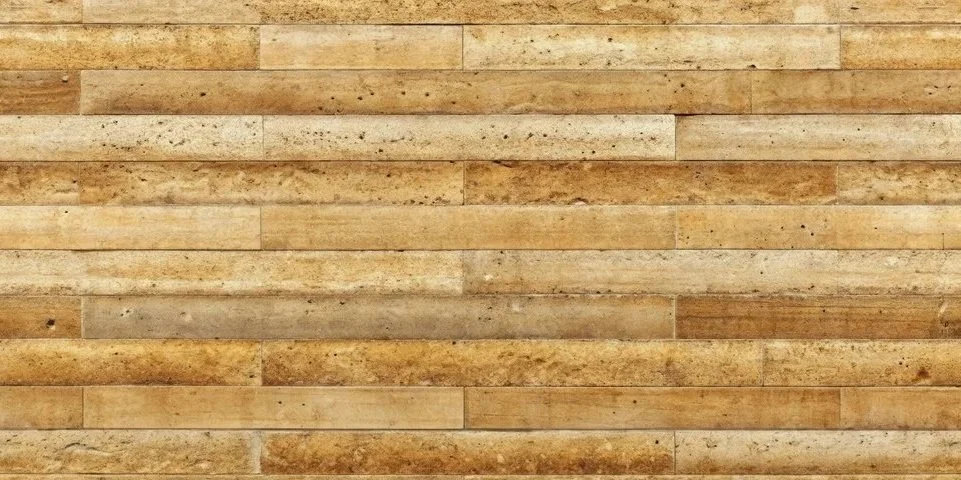Exploring Sustainable Design Approaches: From Passive to Rammed Earth
In the journey toward eco-friendly living, sustainable design offers a rich palette of building methods that honor nature while nurturing our well-being. Let’s take a lively tour through some inspiring approaches, from the subtle art of passive design to the earthy strength of rammed earth homes — all creating spaces that are not only beautiful but deeply connected to their surroundings.
Passive Design: Harnessing Nature’s Energy
Passive design is the art of working with the sun, wind, and climate, rather than against them. Imagine your home oriented to soak up gentle southern sunlight in winter, while wide eaves shield you from harsh summer heat. Natural ventilation takes the place of noisy fans, with carefully placed windows inviting a cool breeze and fresh air to circulate. This method dramatically reduces energy use and creates interiors that feel calming and alive, breathing in harmony with the environment.
Photo by Bruno Casttro: https://www.pexels.com/photo/shadow-of-leaves-on-a-cream-wall-nature-s-art-33351396/
Cob Homes: Earth and Straw Magic
Cob is a timeless blend of earth, sand, straw, and water — literally molded by hand into thick, sculptural walls. The magic of cob lies in its simplicity and its connection to the land. Those substantial walls absorb heat during the day and release it gently at night, buffering temperature swings. With their soft, rounded edges and unique textures, cob homes invite touch and tell stories of craft and care. They embody a sustainable spirit because their ingredients are local, natural, and biodegradable.
Rammed Earth: Ancient Strength Meets Modern Beauty
Rammed earth construction compacts layers of damp soil—mixed often with sand, gravel, and clay—inside sturdy forms, creating walls as solid as they are stunning. This technique, with roots dating back to the Neolithic and prominent in structures like the Great Wall of China, offers so much for modern sustainable design. Rammed earth walls boast superior thermal mass, stabilizing temperatures by absorbing heat during the day and releasing it slowly when the air cools, making homes warmer in winter and cooler in summer without mechanical systems.
Beyond comfort, rammed earth is extraordinarily durable, fire-resistant, and pest-proof, perfect for varied climates when designed thoughtfully. It naturally ‘breathes,’ which helps balance indoor humidity and contributes to a healthy living environment. Environmentally, it’s a champion: using locally-sourced materials and minimal processing means low embodied energy and a significantly smaller carbon footprint compared to conventional concrete. Plus, waste is minimal since leftover earth can be returned safely to the land. However, care is needed to protect walls from prolonged moisture and to select suitable soil types.
More Sustainable Building Approaches
The spectrum extends well beyond these highlights, with many other eco-conscious methods like straw bale, hemp-lime, and earthbag construction, each offering unique ways to align our homes more closely with the earth.
At Waldron Designs, this celebration of sustainable building is woven into the fabric of every project. It’s about crafting homes that support health, evoke joy, and honor the Pacific Northwest’s wild and gentle spirit. By embracing these time-honored and innovative methods, our homes become sanctuaries—resilient, beautiful, and utterly alive.
Check out more articles about sustainable design:








Waldron Designs, LLC is passionate about designing spaces rooted in their context and responsive to the natural environment. Are you ready to create sustainable permanence with your home?
GET IN TOUCH!